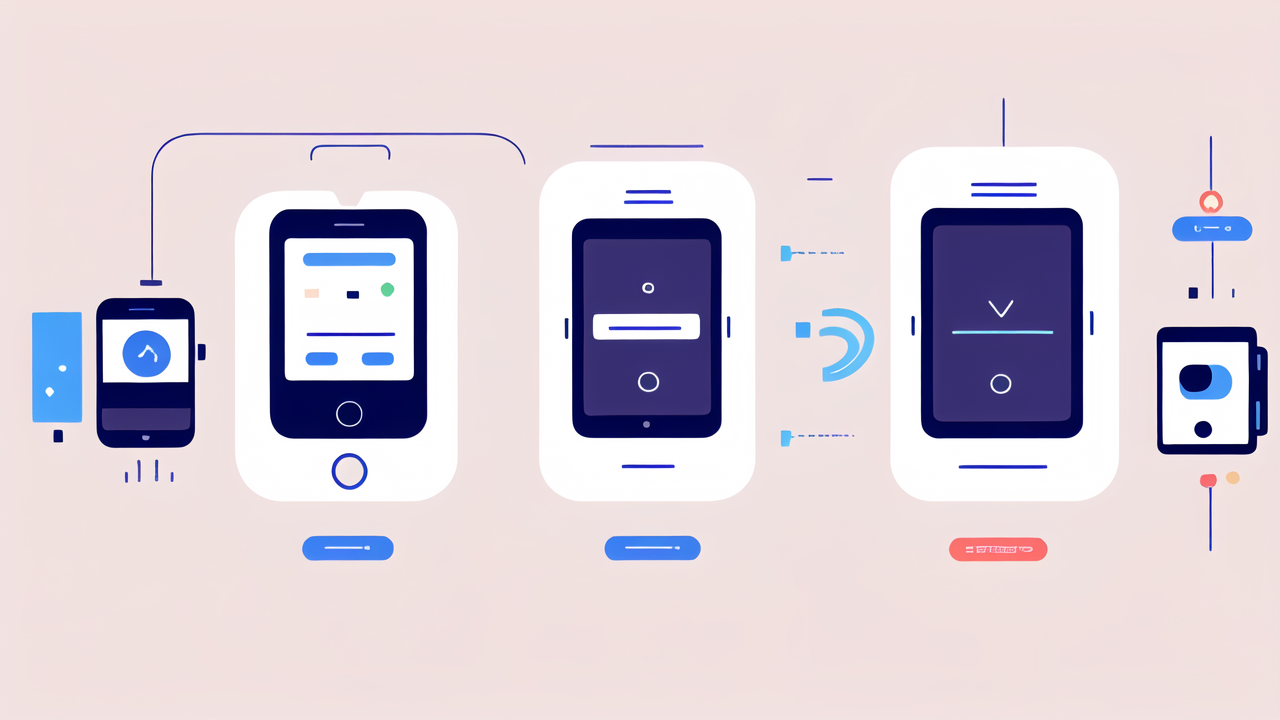Introduction to Body Measurement Tracking Technology
The Evolution of Body Measurement Tracking Devices
Body measurement tracking has come a long way. It started with simple pedometers. These counted steps. Now, we have advanced smartwatches. They do much more than count steps.

Smartwatches can track heart rate, sleep, and calories burned. Some even measure blood oxygen levels. The technology keeps improving. We're seeing new features added all the time.
Next came fitness bands. These were more focused on exercise tracking. They often had longer battery life than smartwatches. Many people preferred their simpler design.
Now, we're entering the era of smart clothing. This includes items like smart suits and wearable clothing. These can track even more data about our bodies.
Key Technologies Behind Modern Tracking Solutions
Modern tracking devices use various technologies. Accelerometers measure movement and steps. Gyroscopes detect orientation and rotation. These are key for tracking exercise.
Optical sensors measure heart rate. They use light to detect blood flow under the skin. Some devices use bioimpedance sensors. These measure the body's resistance to electrical current.
GPS is used for location tracking. This is great for runners and cyclists. Bluetooth allows devices to connect to smartphones. This lets users see their data in apps.
Machine learning is becoming more important. It helps make sense of all the data collected. AI can spot patterns and give personalized advice.
Regulatory Landscape for Wearable Devices in the United States
In the US, wearable devices face various regulations. The FDA oversees medical devices. Some wearables fall into this category. Others are considered consumer electronics.
The FDA has created a "Pre-Cert" program. This is for software in wearables. It aims to speed up approval for low-risk devices. Privacy is a big concern with wearables.
The FTC enforces privacy laws. Companies must be clear about what data they collect. They must also protect this data. Some states have their own privacy laws.
Accuracy is another regulatory issue. Claims about health benefits must be true. The FTC can fine companies for false advertising. As technology advances, regulations may need to change.
The Impact of Body Measurement Trackers on Fashion and Health
Fashion Industry Adoption of Smart Technology
The fashion industry is embracing smart technology. Designers are creating clothes with built-in sensors. These can track various body measurements. Some luxury brands are leading the way.

Smart suits are one example. They can measure posture and movement. Some can even adjust temperature. Wearable clothing is becoming more stylish. It's not just about function anymore.
Fashion shows have featured smart clothing. This helps raise awareness. It also makes the technology seem more desirable. Some brands are partnering with tech companies.
This brings together fashion expertise and tech know-how. The result is more attractive and functional products. As the technology improves, we'll likely see more mainstream adoption.
Health Benefits of Wearable Measurement Devices
Wearable devices offer many health benefits. They can encourage people to be more active. Many have features that remind users to move regularly. This can help combat sedentary lifestyles.
Heart rate tracking can help detect potential issues early. Some devices can even detect irregular heartbeats. Sleep tracking can help improve sleep quality. This is important for overall health.
Stress monitoring is another useful feature. Some devices use heart rate variability for this. They can suggest relaxation techniques when stress is high. Fitness tracking helps people set and reach exercise goals.
Some devices can track nutrition. This can help with weight management. As technology improves, these devices may be able to detect more health issues early.
Challenges and Opportunities in Integrating Fashion and Health
Integrating fashion and health tech faces challenges. One is battery life. Smart clothing needs to be washable. This limits battery options. Another challenge is comfort. Sensors must not irritate the skin.
Data accuracy is crucial. Loose-fitting clothes might affect sensor readings. Privacy is also a concern. Smart clothing collects very personal data. Ensuring this data is secure is vital.
There are also great opportunities. Smart clothing could revolutionize healthcare. It could provide doctors with more data about patients. This could lead to better diagnoses and treatments.
In sports, smart clothing could improve performance. It could help prevent injuries by detecting fatigue. In everyday life, it could help people make healthier choices.
Future Trends in Body Measurement Tracking Wearables
Innovations in Smart Clothing Technology
Smart clothing technology is advancing rapidly. We're seeing new materials that can conduct electricity. These allow for more seamless integration of sensors. Some fabrics can even generate power from body heat.

Flexible electronics are another exciting area. These can bend and stretch with the fabric. This makes smart clothing more comfortable and durable. Printed electronics are becoming more advanced.
This could lead to cheaper production of smart clothing. Nanotechnology is also playing a role. It could lead to even smaller and more powerful sensors. Some researchers are working on self-healing fabrics.
These could repair small tears or holes automatically. As these technologies improve, smart clothing will become more practical and affordable.
The Role of AI and Machine Learning in Wearable Devices
AI and machine learning are becoming crucial in wearable tech. They help make sense of the vast amounts of data collected. AI can spot patterns that humans might miss. This could lead to early detection of health issues.
Machine learning algorithms can provide personalized advice. They can learn a user's habits and preferences. This allows for more tailored health and fitness recommendations. AI can also help improve the accuracy of measurements.
It can account for factors like movement or loose clothing. In the future, AI might be able to predict health issues before they occur. It could analyze trends in a user's data to spot potential problems.
As AI improves, wearables will become even more useful for managing health.
Potential Market Growth and Consumer Expectations
The market for body measurement trackers is growing fast. Consumers are becoming more health-conscious. They want devices that can help them monitor their well-being. The global wearable technology market is expected to keep expanding.
Consumers expect more from their devices. They want longer battery life and more features. There's also a demand for more stylish designs. People want devices that look good and work well.
Privacy and data security are big concerns. Consumers expect companies to protect their personal information. There's also a growing interest in devices that can integrate with healthcare systems.
As technology improves, we may see wearables become essential health tools. The future of body measurement tracking looks bright and full of potential.




Leave a comment
This site is protected by hCaptcha and the hCaptcha Privacy Policy and Terms of Service apply.